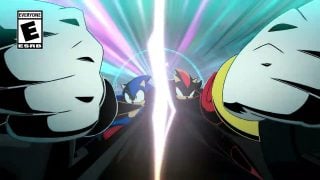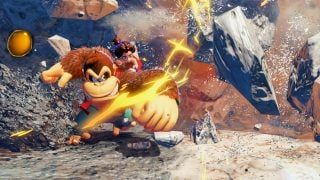This is part 3 of a multipart review. You can read parts 1 and 2 here.
How do you fit 150 hours of game into one review?
In one sense, the task is easier than outlined (it’s 150 hours of game in three reviews, technically), but it’s still something I find difficult to summarize. Xenoblade Chronicles 3 is simply a game too big, too expansive, too multifaceted to capture in a few broad strokes. While its predecessors were similarly gigantic, something about 3 in particular feels so sprawling as to be outright daunting. It’s the culmination of a trilogy that had both immaculate highs and lurid lows. Its sheer size should leave a game that’s messy or unfocused, and yet it lasers in with stunning majesty.
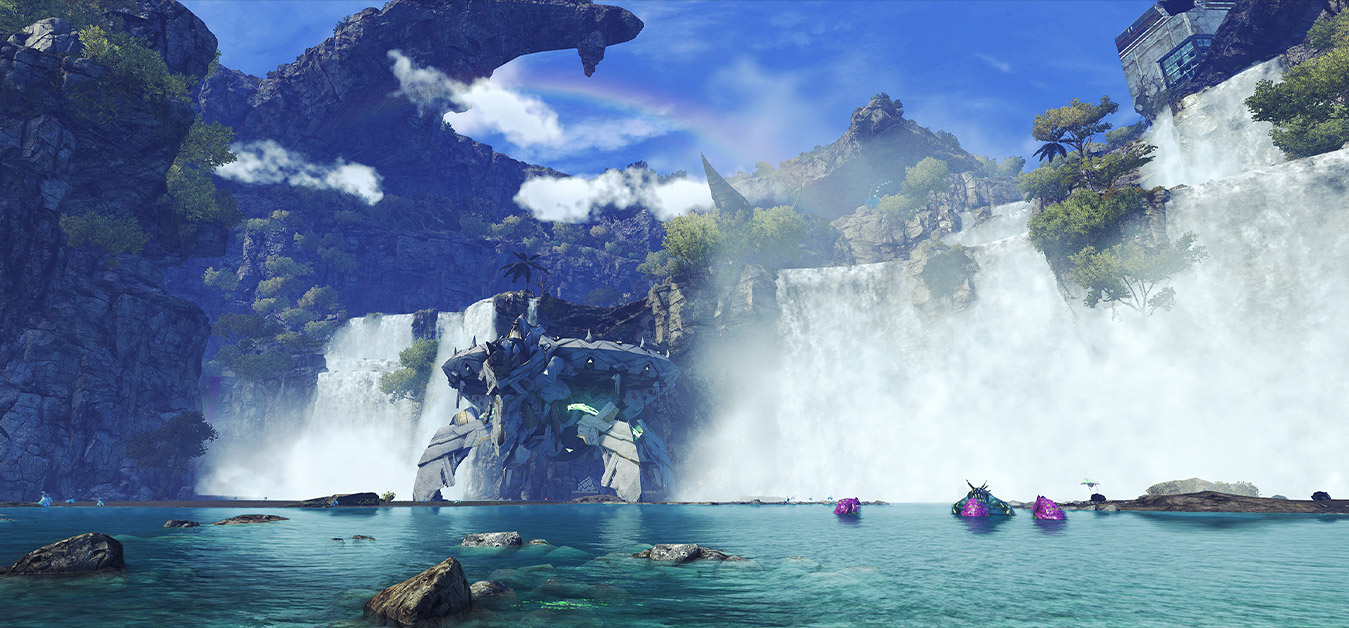
The story of the game, without going into spoilery detail, is a return to what Xenoblade does best – a sweeping epic of heightened emotion, grand ideas, and human spirit. The game maintains a consistent tone of sorrow and determination as it marches towards its climax, using every member of the cast to good effect. There is the odd joke in a sidequest that comes off strange, and screentime isn’t allocated with perfect proportion (which I probably wouldn’t nitpick if my favorite, Sena, felt like she got the least of it), but for a narrative this long and grand it’s remarkably tight. Even if the game by the end is egregiously blunt with its themes (take a shot every time you hear the word “future”), Xenoblade has never been particularly subtle, and the finale is stunningly bittersweet in what proves to be the franchise’s best ending – and one of the best JRPG final bosses I’ve seen in a looooong time. We’re talking Xemnas-tier overblown. Why did we ever get rid of the 3+ phase final bosses? They’re so good.
The battle mechanics by the end feel like nature, as you’ll fuse, Break, Topple, combo, and direct your party members with surprising ease. While it’s a bit of a learning curve, especially to learn how to make the most out of mechanics like Chain Attacks, the game gives you more than enough time and content to get acquainted with the ins and outs of all the system – especially as it does a relatively decent job gradually introducing features over the first quarter of the game. While not reinventing the wheel, the mechanics, again, feature Xenoblade at its best yet.
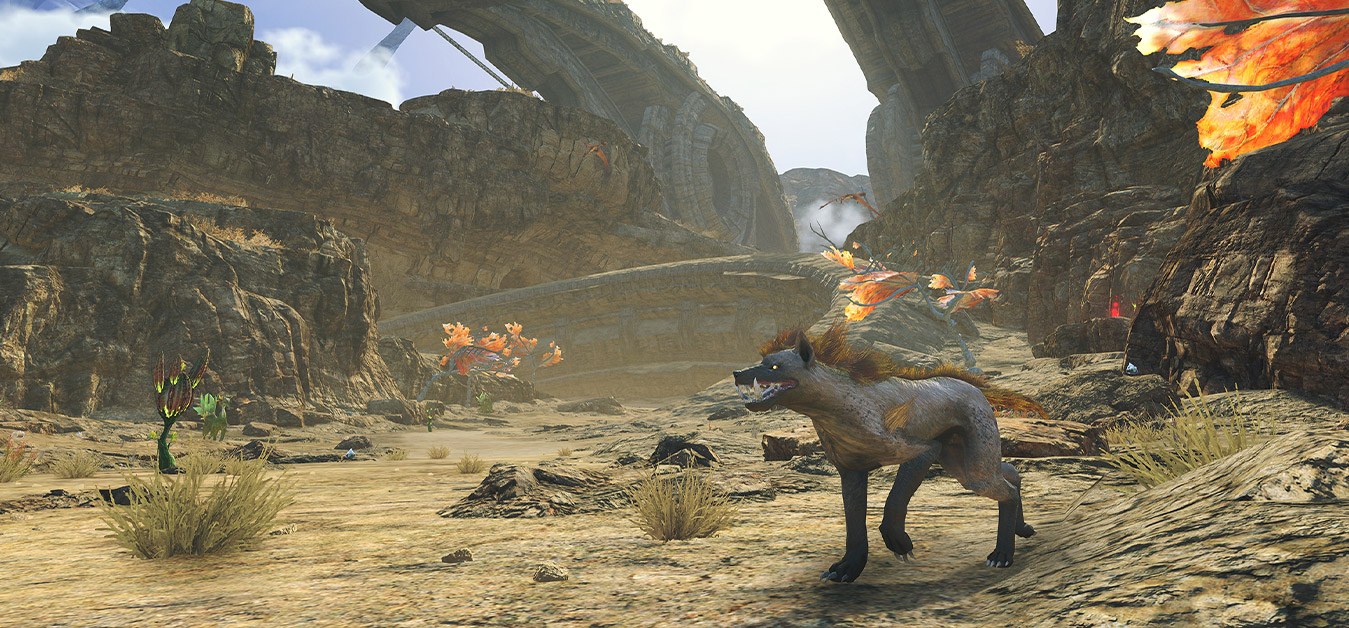
Sidequests, too, are about as good as they could possibly be. The vast majority are pretty easy to find, or take just a bit of walking around to find info bits. The focus on quality over quantity, along with the fact that most sidequests in a particular area feed into a specific side storyline – whether it be teaching the students of Colony Gamma or fighting the crazed soldiers of Colony 11 – help distinguish the personalities not just of people but of places. When the narrative talks about the value of the world and the people in it, you feel it, because you’ve done so much to help the various communities you’ve stumbled across – unless you blaze through the story without doing any sidequests. But doing that in a Xenoblade game is like eating only the patty of a burger without any of the buns, condiments, or toppings. You’re not playing this game to get it over with quickly.
So if the characters, mechanics, and sidequests are the best in the series, in 3 the best Xenoblade so far? Well, yes and no. The game’s flaws are few, and they’re all in the margins – stories and sidequests are usually good or great, but there are a couple that come across as kinda eh. While the plot is fantastic, it’s a bit back-loaded – Ch 1-3 have great moments for sure, but Ch 4-7 have more of those gut punches that really land. While they’ve generally been sandpapered down to be as streamlined as possible, even now Xenoblade sidequests can occasionally feel like busywork. It’s nothing too substantial, but it’s all barely enough to stop me short of calling the game flawless.
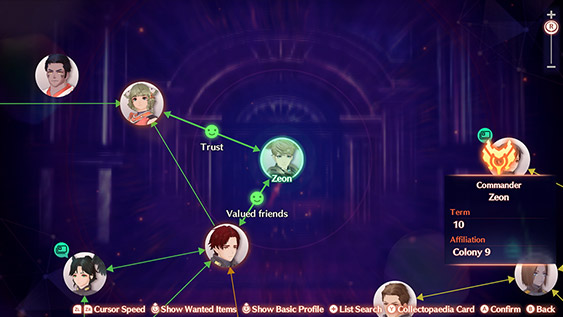
I couldn’t help constantly comparing the game to the first as I played (and the second, but I cannot think of a single way – not even one – that XBC3 isn’t better than XBC2). While they both have strong worldbuilding, the world of XBC1 felt a lot more imaginative and enticing in its shape, thanks to its titanic appeal, and its plot twists end up shaking the foundation of the story to an even more seismic degree (not that 3’s twists aren’t stunning in their own right). But in general, 1 is always going to stick in my consciousness more – when it came out ten years ago, there was nothing else like it. You could feel its influence seep into other games as the years passed by. 3 is more refined but less revolutionary in comparison. But as the culmination of a decade of growth, it earns that prestige. 3 is the better game overall, even if the impact of 1 was greater.
Some critics also took issue with the game’s technical aspects, like weird pop-in or the like. In all honesty, that’s simply not something I care about with games very often, and while I did notice grass disappearing as I walked through it (a strange detail, that), I would be lying if I said it affected my overall perception of the game in any way. I believe it also crashed only once in 150 hours of gameplay (compared to XBC2 at launch, which crashed a half-dozen times in about 100 hours). If you’re the type to be stifled by graphical hiccups, just keep that in mind before diving in.
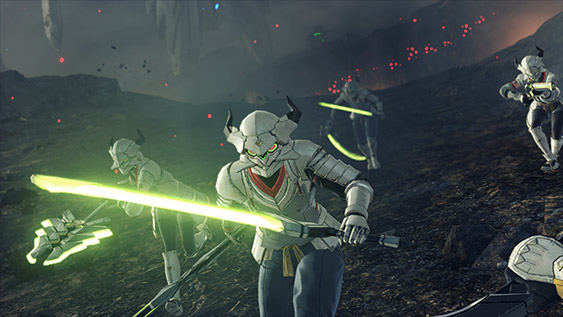
I’ve been uncertain what to score this game for a while now. I hate having to give scores, sometimes. How can I boil down my entire experience with a game into one number out of ten? Xenoblade is always a game so rich with grand magnificence and minute flaws that any concise summation of it fails to capture it in full. But for its sheer size and scale, it’s a lot smoother than should be possible. To give it a perfect score might sandpaper over some of its beautifully rough edges; to give it just a bit less would feel too cautionary. I’ve changed my mind back and forth right up to the review’s publication, and it may change as the months pass by. But I can accept a changing future.
In an industry where developers try more and more to make games for everybody, Xenoblade Chronicles 3 is definitively a game for certain tastes. It’s maximalist. It’s big. It takes time and effort to immerse yourself in. Not everybody will take to its sprawling tragedy and slow grandeur. Unlike other open world games that try to stuff in as many gameplay features as possible to appeal to a broad market (Crafting! Skill trees! Customization!) Xenoblade contains these aspects only in minutiae, diverting its efforts to crafting a fully realized world that you can well and truly lose yourself in. I would probably recommend XBC1 as a jumping in point for newcomers still (just for the lore and plot connections within 3), but there’s no denying that this one has established itself as a worthy heir, and we’re likely to remember it as one of the great RPGs of the ’20s, and perhaps even all time.
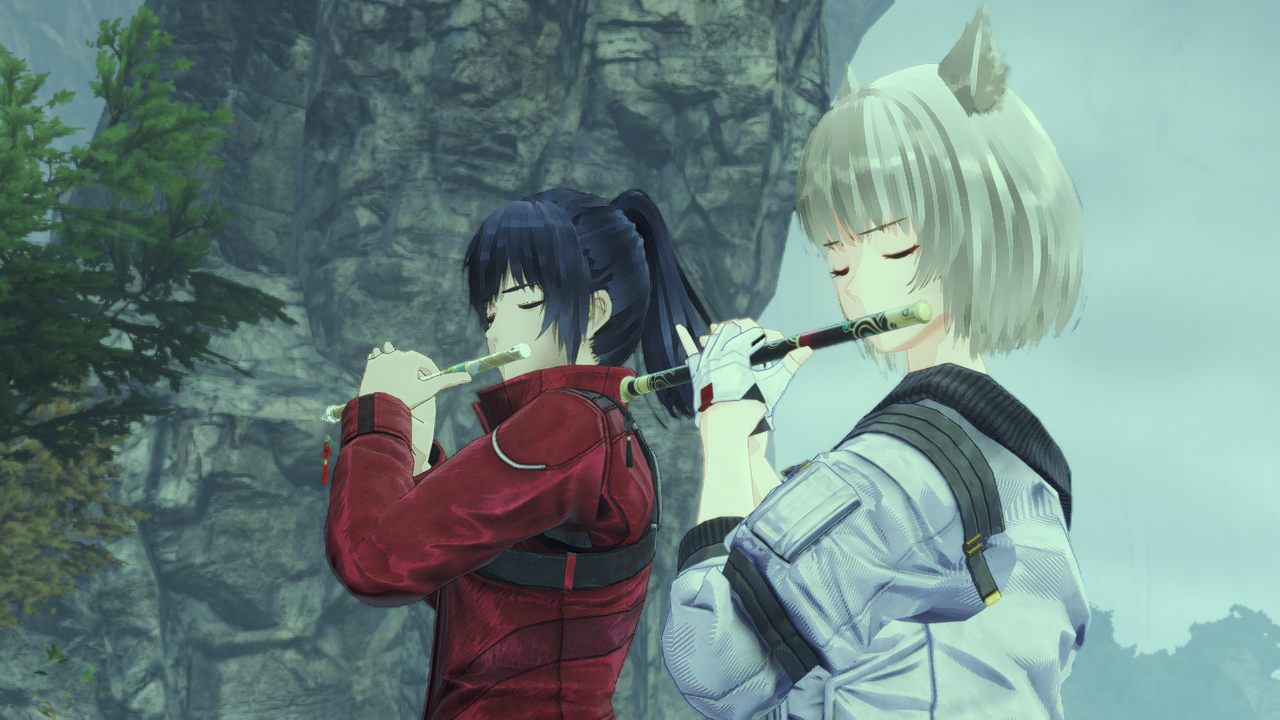
I’m not sure what the future has in store for this franchise. But the present is glorious indeed.
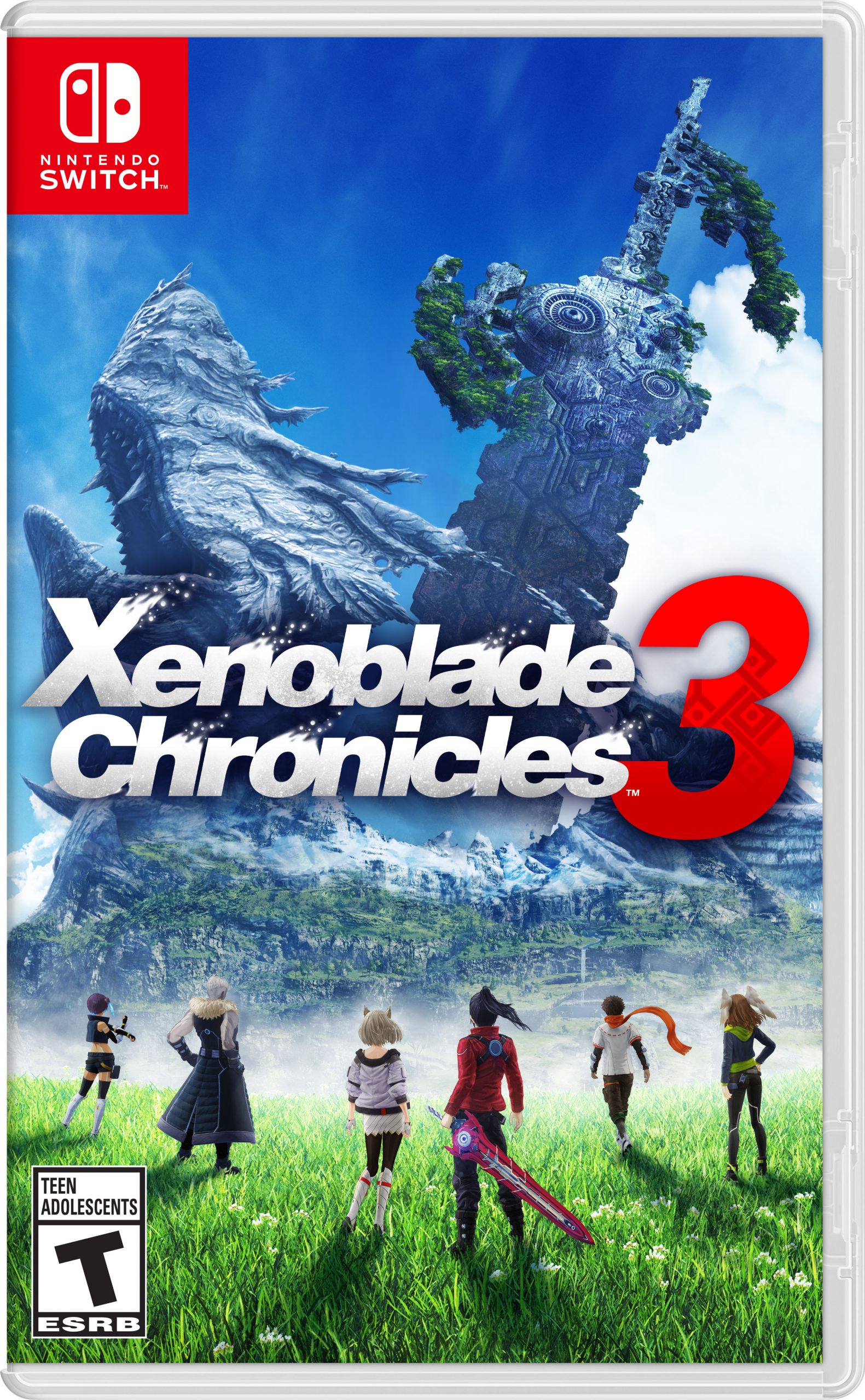
System: Nintendo Switch
Release Date: July 29, 2022
Categories: RPG
Publisher: Nintendo
Developer: Monolith Soft
